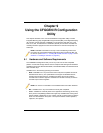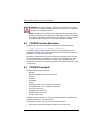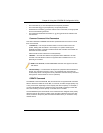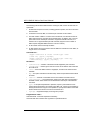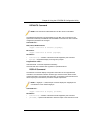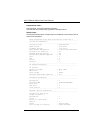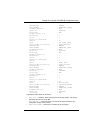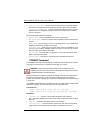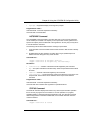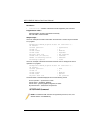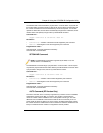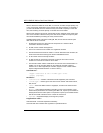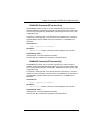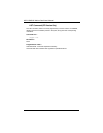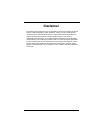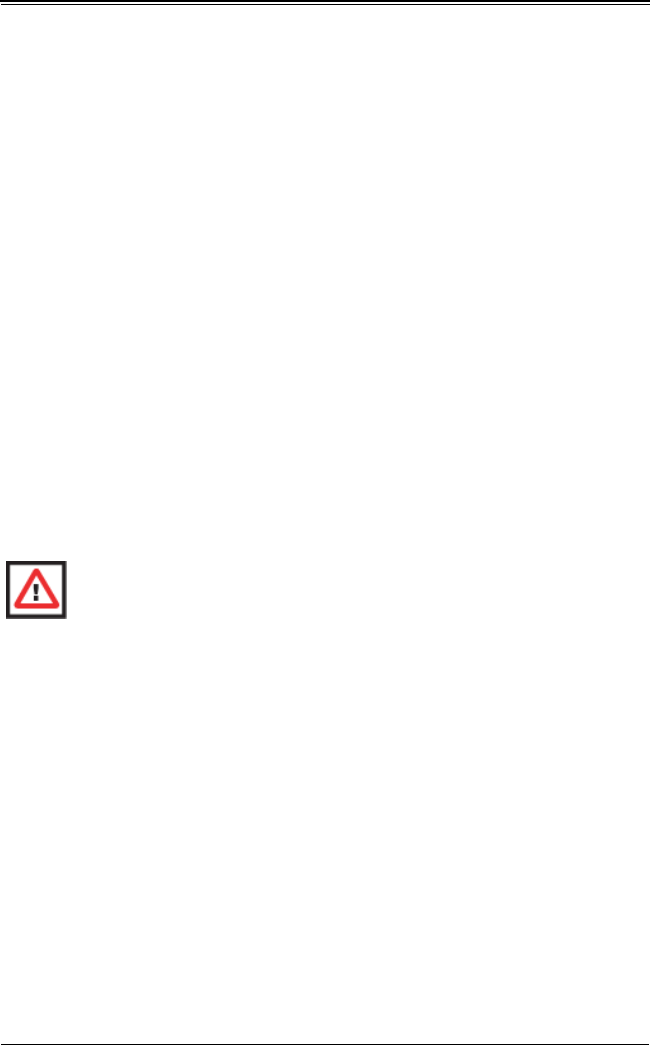
AOC-USAS-L8i Add-on Card User’s Manual
9-8
• Inactive, Okay (OKY) – Volume is inactive and drives are functioning properly.
User data is protected if the current RAID level is RAID 1 (IM) or RAID 1E (IME).
• Inactive, Degraded (DGD) – Volume is inactive and the user’s data is not fully
protected due to a configuration change or drive failure; a data resync or rebuild
may be in progress.
Physical drive status values are as follows:
• Online (ONL) – Drive is operational and is part of a logical drive.
• Hot Spare (HSP) – Drive is a hot spare that is available to replace a failed drive in
an array.
• Ready (RDY) – Drive is ready for use as a normal disk drive; or it is available to be
assigned to a disk array or used as a hot spare.
• Available (AVL) – Drive may or may not be ready, and it is not suitable for use in
an array or as a hot spare. Possible reasons for this are: it is not spun up, its block
size is incorrect, or its media is removable.
• Failed (FLD) – Drive was part of a logical drive or was a hot spare drive, and it
failed. It has been taken offline.
• Standby (SBY) – This status is used to tag all non-hard disk drive devices.
FORMAT Command
The FORMAT command is used to perform a low-level format of a disk drive. The drive
cannot be a hot spare drive or a member of an IM, IME, or IS volume.
Warning messages are displayed during the formatting, unless the noprompt option is
included on the command line. If the user does not quickly respond to a series of
prompts, the command is aborted. The answers are case sensitive and must be entered
in upper case.
The FORMAT command does not complete and return to a shell prompt until the format
operation is complete. This may take a long time for a large disk drive.
Command Line –
cfggen <controller #> format <SCSI ID> [noprompt]
cfggen <controller #> format bay <enclosure:bay> [noprompt]
Parameters –
• <controller #> – Number of the controller targeted by this command.
• Bay – This option indicates that enclosure:bay values are specified instead of SCSI
ID values.
• <SCSI ID> – SCSI ID of the hard disk drive to be formatted.
• <enclosure:bay> – The enclosure:bay value for the disk drive to be formatted.
These values can be obtained from the output of the DISPLAY command.
WARNING: A low-level format erases all data on the hard disk drive. The
FORMAT command cannot and should not be interrupted; doing so may result in
irreparable damage to the hard disk drive.




